Before World War II, 64,000 Jews lived in Krakow, working in trades such as banking, craftsmanship, and owning restaurants. There were six prominent synagogues in town. During the war, many Jews were displaced, either to concentration camps, the Jewish ghetto of Schindler's Factory. In fact, Schindler saved approximately 1,200 Jews.
After the war, approximately 10% (three to four thousand Krakow Jews) survived, many of which did not return home to Poland. Today, the Jewish culture revived itself, thanks to the small percentage of Jews who returned to Krakow to reinstate it's heritage. Whether you're searching for history or a good meal, there is plenty of Jewish history to discover while in Krakow.
On March 3, 1941, the Nazi occupation created a dwelling place for Krakow Jews. Podgorze is the conception of the Jewish ghetto located on the right side of the Wisla River. The ghetto consisted of 15 streets and some 320 buildings and 3,200 rooms, completely walled off from the rest of the city. The ghetto's western edge, at Limanowskiego Street near Rynek Podgorski square was the main entrance gate to the ghetto along with another gate on Limanowskiego Street, which was solely for the entrance of German military trucks.
Here is where many Jews met their horrific fate of executions, beatings, deportations to camps and being torn apart from their family. Today, in Ghetto Heros Square 33 monumental chairs and 37 regular chairs exist in rows to symbolize the tragic deaths and empty seats that the residents of the ghetto left behind.
Located south of Old Town and between the Wisla River and Ul, the Jewish Quarter is a neighborhood not only for Jewish culture, but for Bohemian artists as well. Near the Jewish Square green space are countless Jewish Restaurants surrounded by five synagogues.
The historical pavilion, Plac Nowy, is a popular antique market that contains a farmers market on the weekend. There are also countless antique shops in this district that are worth exploring.
I recommend visiting the tiny black and white shops, Galeria Lue Lue to discover old black and white images of historic Krakow and Poland. Speaking of black and white, the Kazimierz District is where Steven Spielberg filmed the movie, Schindler's List.
To discover more about Jewish culture visit the Center for Jewish Culture on Meiselsa Street.
One of the most photogenic store fronts are on Szeroka Street in between Miodowa and where Szeroka Street bends.
Admire the historic window fronts, hear live music or simply explore your pallate with Kosher and Traditional Polish Food. I recommend Jewish Restaurant, Arial, and Kuchnia Domowa on Miodowa Street.
Discover more on 7 Authentic Polish Restaurants in Krakow, Poland (for Pierogies & Vegetarians too).
Kazimierz is the perfect neighborhood to explore sacral architecture and the Jewish Synagogues. I overhead a tour guide once state that the synagogues located across from each other, those people who worshipped at different places of Jewish faith (traditional vs. more progressive), would not cross the road at the conflicting-beliefs synagogues location.
Synagogue is ‘synagoga’ or ‘boznica’ in Polish.
There are seven main synagogues in the neighborhood with the Old Synagogue being the oldest in Poland. Built in the early 16th Century, next to the 14th Century city walls, this synagogue now houses a branch of the Historical Museum of Krakow, which displays exhibitions dedication to Jewish culture and history. Destroyed by a fire in 1557, the exterior received a Renaissance reconstruction while the interior remained Gothic. During World War II, the Nazis not only damaged the building, but turned it into a warehouse. The Nazis also executed 30 Polish hostages at its wall in 1943.
Szeroka Street contains the main three synagogues, the Old Synagogue, Remuh (1557 Renaissance style) and Wolf Popper's Synagogue (1620 Baroque style). As the highlights of the Jewish community, every synagogue has its own architectural style and "brand" of the Jewish faith. Remuh is located adjacent to the historic Jewish Cemetery that's existed since 1511.
The 1590 High Synagogue located on On Józefa Street, is the city's tallest synagogue. The Neo Romanesque, Tempel Synagogue at 24 Miodowa Street, was built in 1862 for the Society of the Progressive Israelites, and the interior's woodwork contains "Moorish" design. Isaac's Synagogue was completely destroyed during World War II. Kupa Synagogue is a modest synagogue founded for the poor in 1643.
The once World War II factory is now a historical museum. The factory housed the former Nazi industrialist who saved the lives of his Jewish workforce during the Holocaust. Guests will see Schindler’s desk intact to what it would look like during the war alongside with walls filled with plates, Nazi propaganda and photos of the factory workers.
Nearby is the popular family-owned restaurant, Jadlodajnia Wczoraj I Dzis (bottom food image below).
One of the most unique culinary experiences in Krakow is to explore the Jewish and Kosher culture. Discover countless Jewish restaurants along Szeroka Street.
Located in Jewish Square, Ariel, sits between five synagogues in the heart of Kazimierz. Known for its live music events, Ariel features six indoor dining halls and outdoor seating in the summer. The green room, known as the fireplace room, features an eclectic mix of historic paintings and vintage items to replicate a Jewish tenement house from the 16th Century. In fact, "Arial" originates from the Old Testament and is named after one of the four archangels, "Uriel," known as the "Light of God."
And God bless this delicious food. Borscht, cabbage salads and Russian-style pierogies, you'll notice my trend as the blog post continues. A gift shop is also available. Prices are moderate to pricey. Check the website for the music concert calendar and apartment rentals.
Galicia Jewish Museum
This photography exhibition contains over 140 images of Jewish culture and life over the last 100 years. The museum is divided into five sections. Four parts display the absence of Jewish people, which is why the images do not contain any people. The final part displays pictures of people who saved and revived Jewish culture and heritage. The photographs are in color.
What is your favorite spot in the Jewish Quarter in Krakow?
This Lemon Tree article is now featured on GPSmyCity. To download this article for offline reading or travel directions to the attractions highlighted in this article, go to Discovering Krakow's Jewish Culture and Heritage.
Let's Connect!

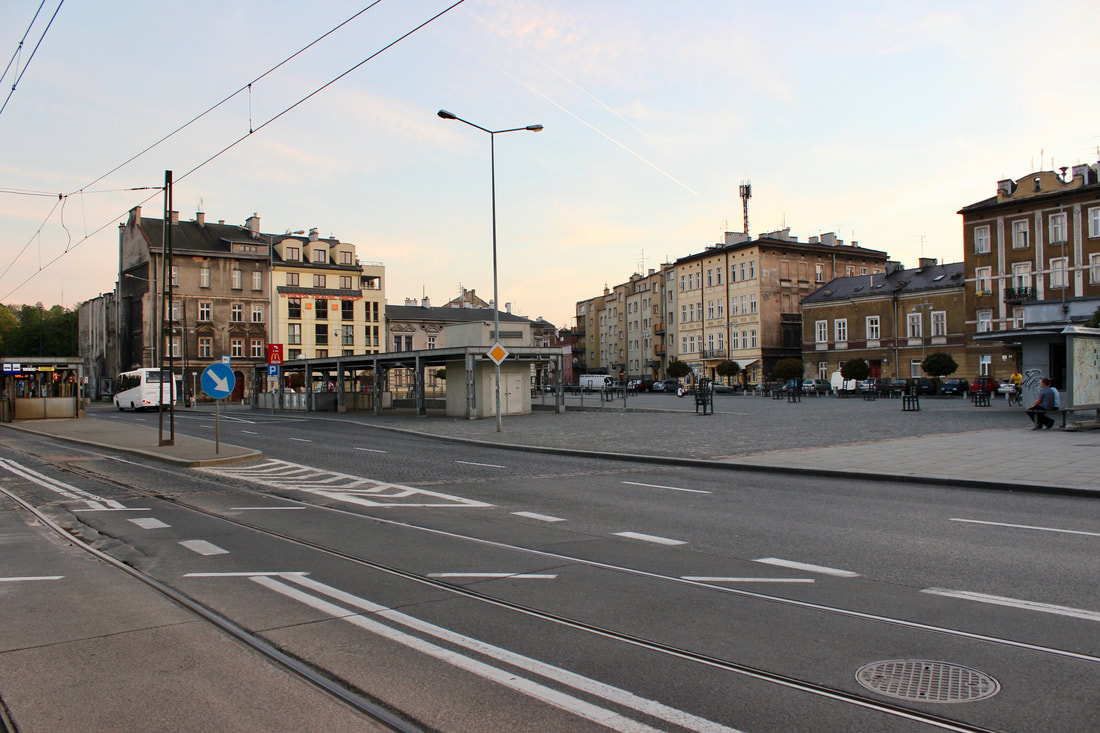






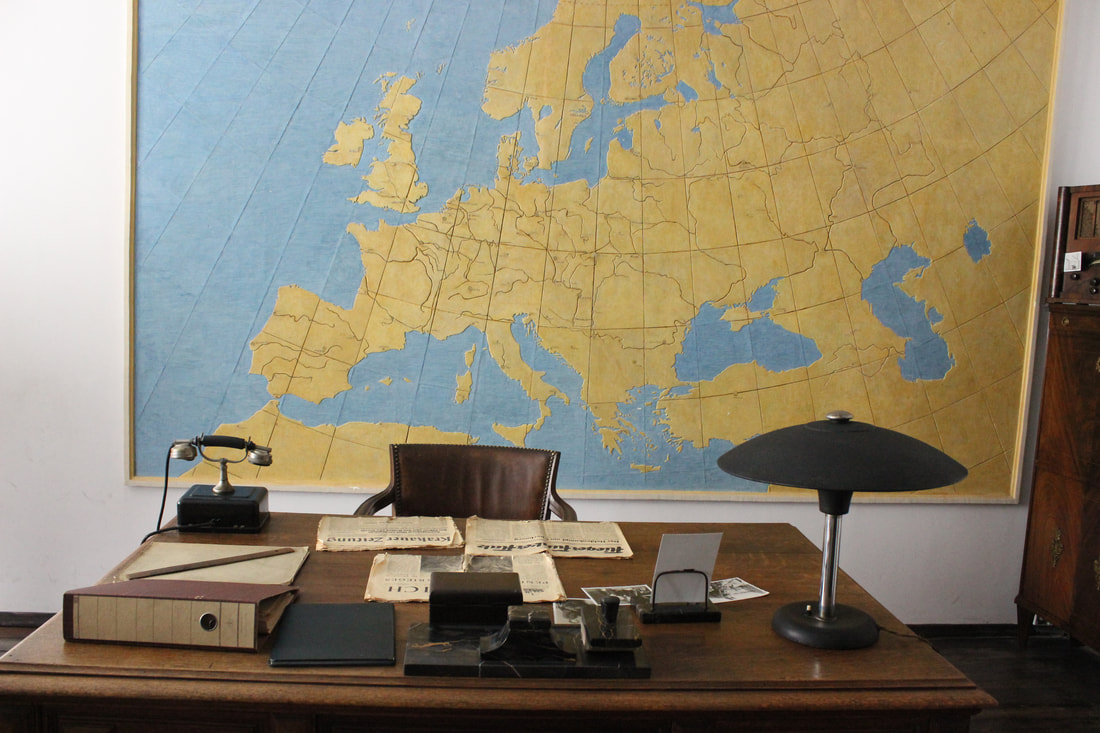
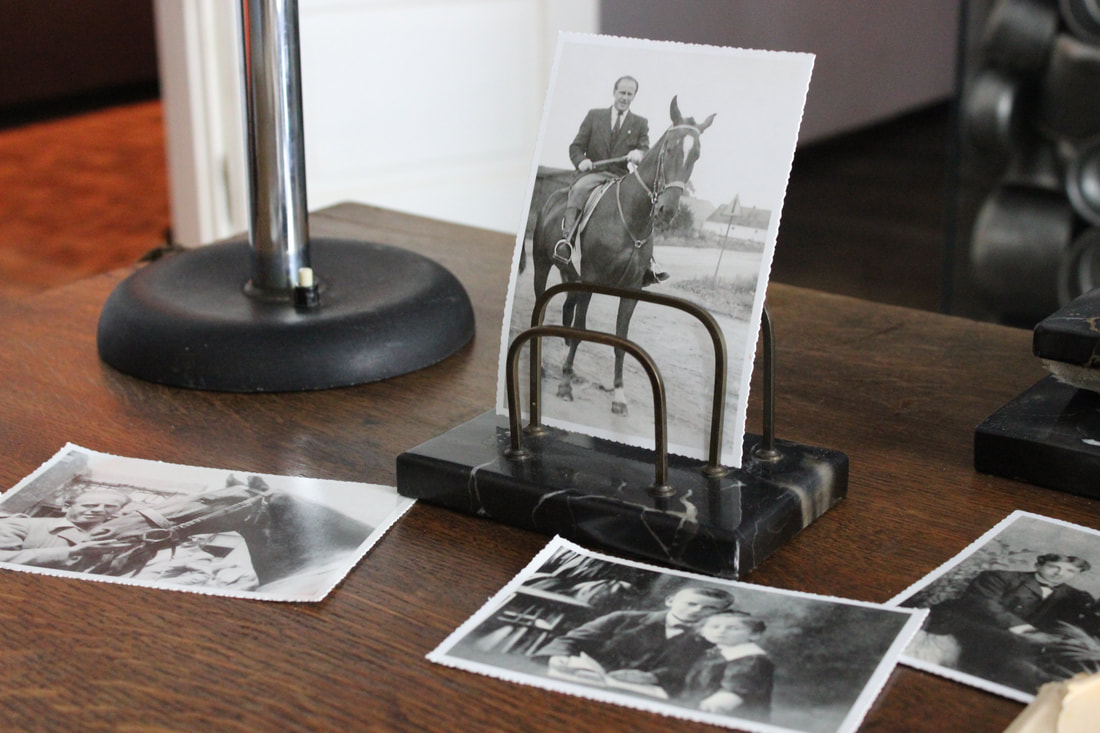











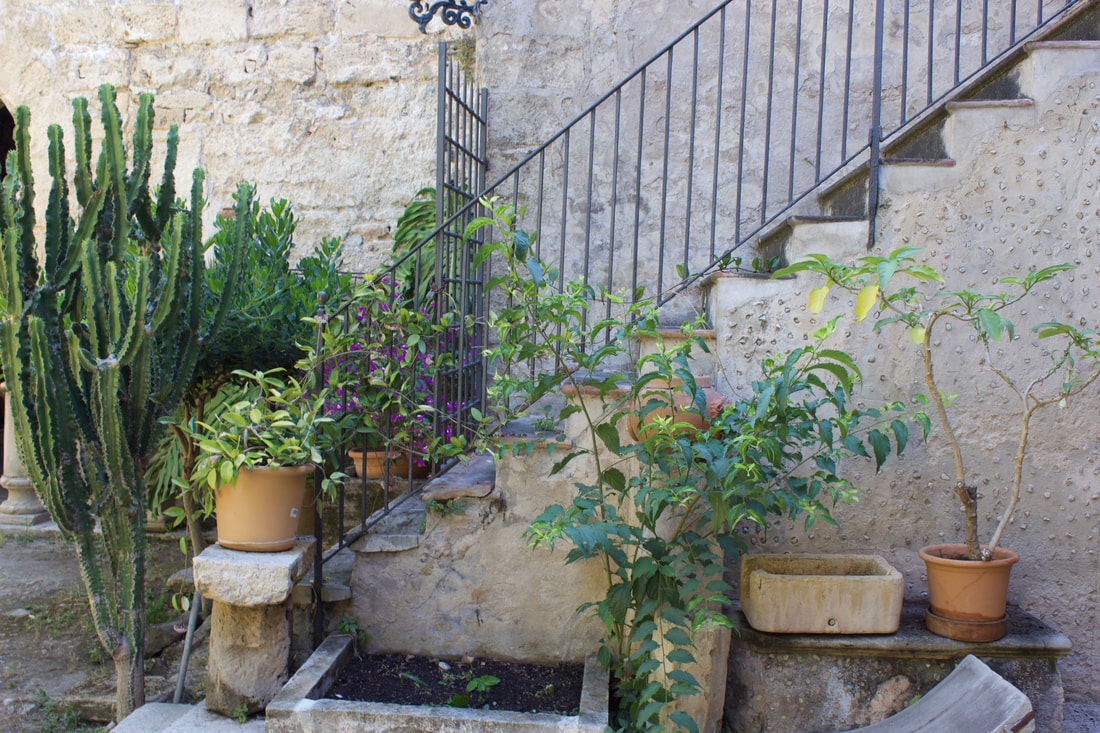




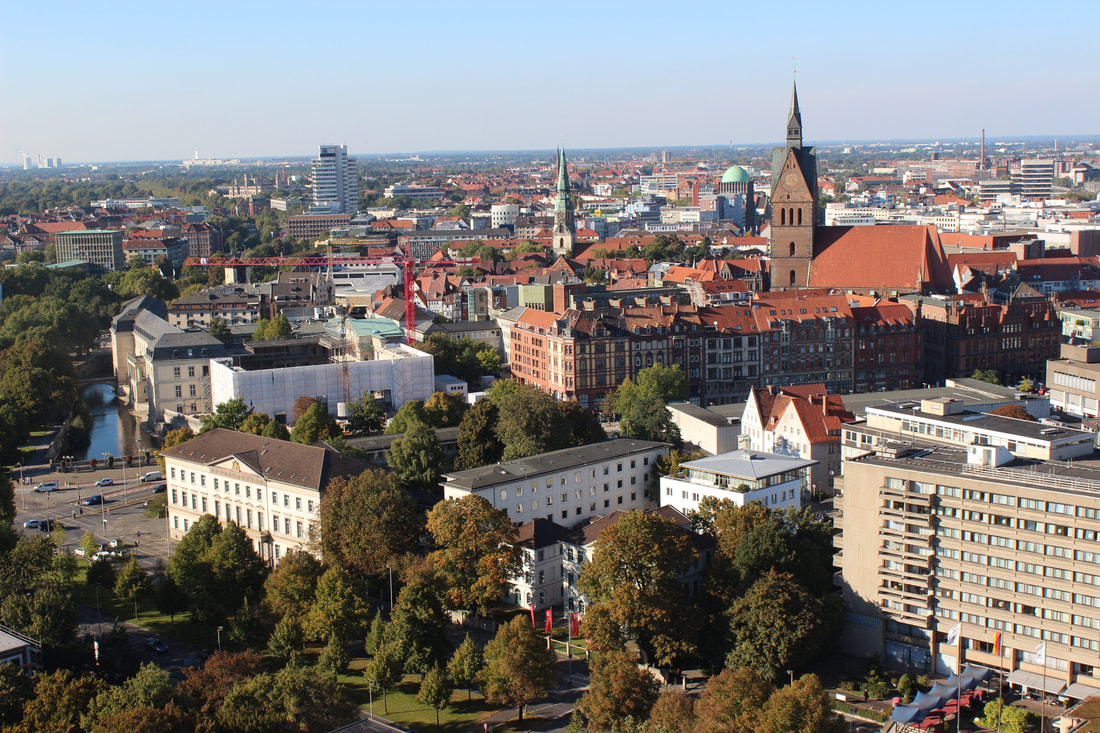













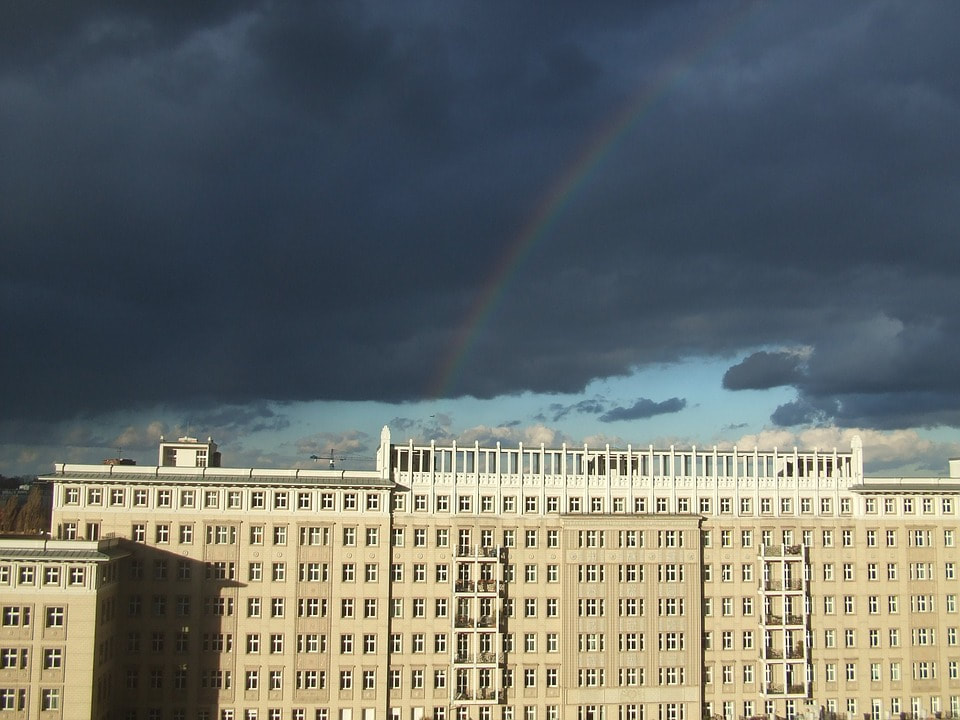



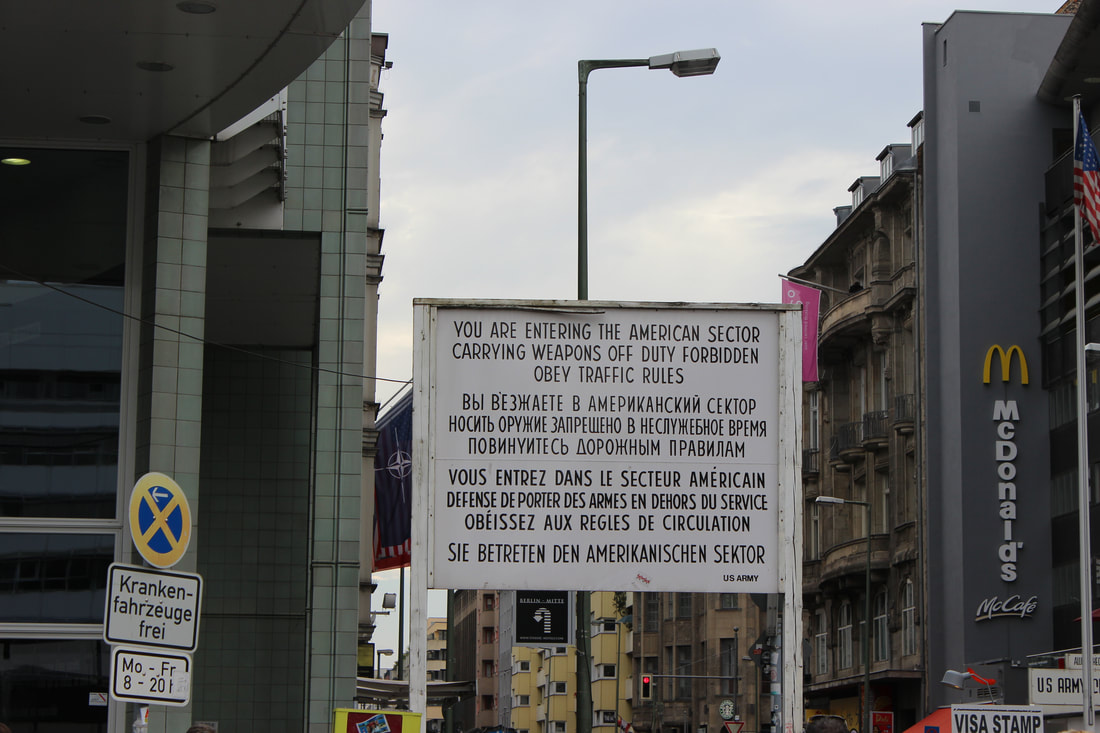




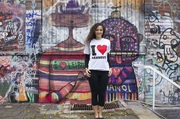

 RSS Feed
RSS Feed